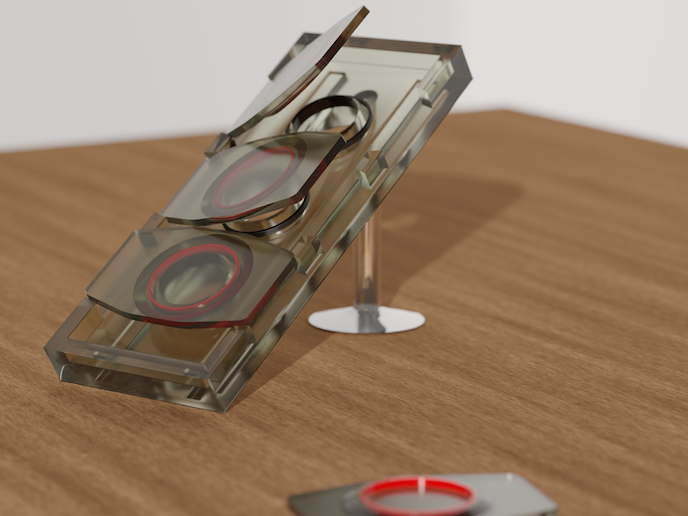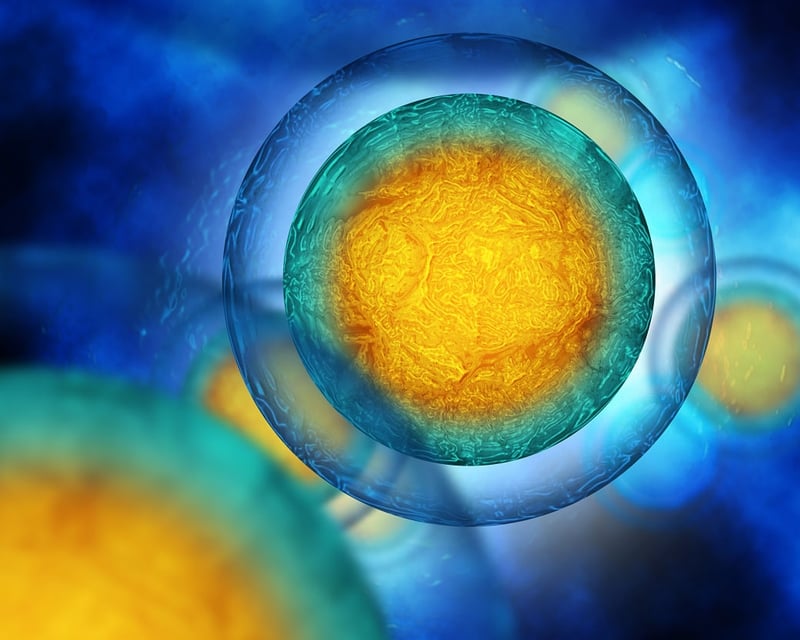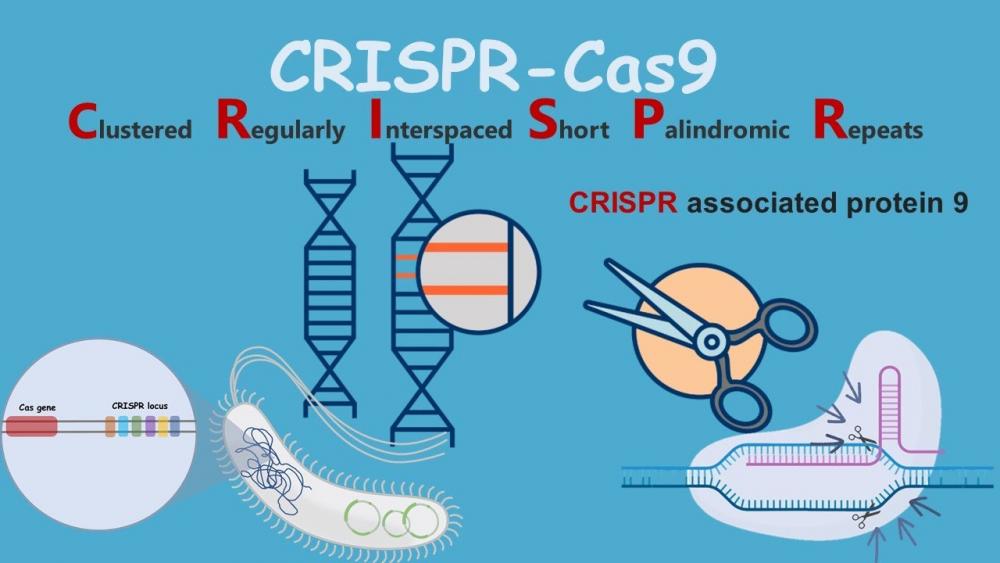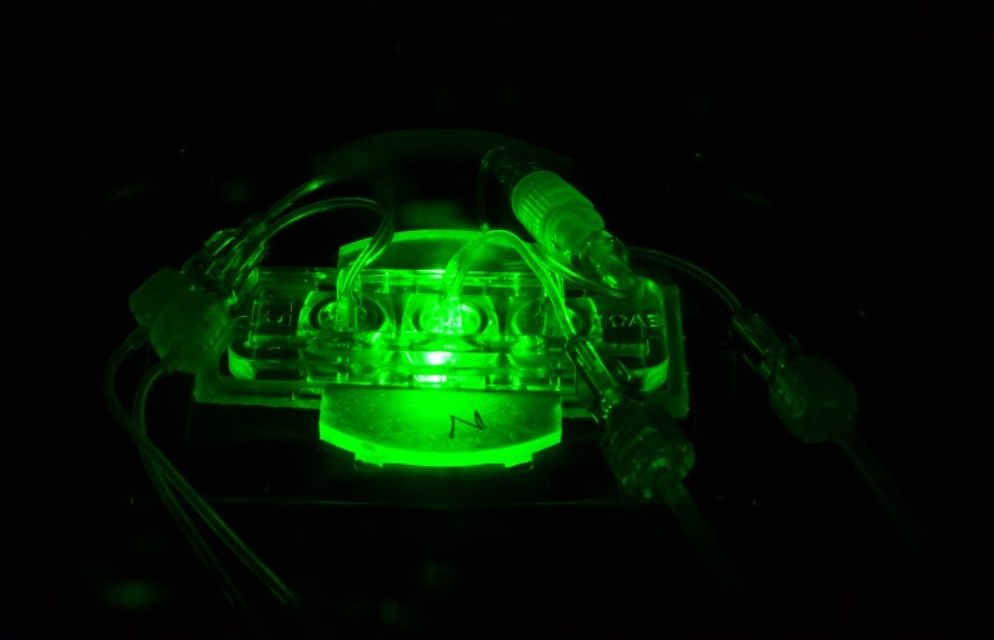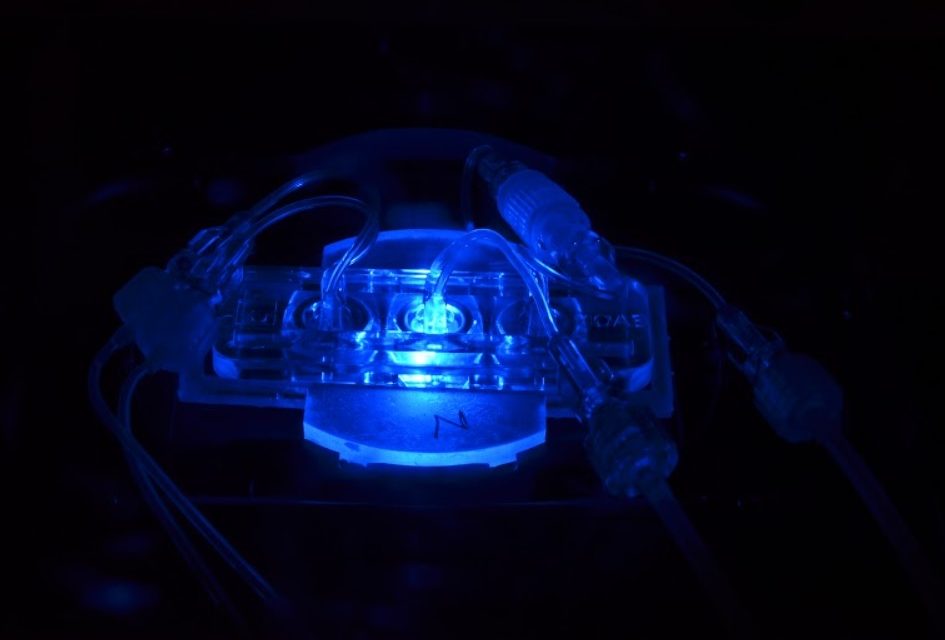A millifluidic bioreactor allows the long term culture of primary lymphocytes or CD34+ hematopoietic cells while allowing the detection of tumorigenic expansion
Paolo Ritter1,2†Stefania Oliveto1,3†Chiara Cordiglieri1Alessandra Fasciani1Christian Andrea Di Buduo4Lucrezia della Volpe5Alberto Bocconi2Claudio Conci2Carolina Paula Miguel4Raffaella Di Micco5,6Alessandra Balduini4Manuela Teresa Raimondi2*Stefano Biffo1,3* 1National Institute of Molecular Genetics, Fondazione Romeo ed Enrica Invernizzi, INGM, Milan, Italy 2Department of Chemistry, Materials and Chemical Engineering “Giulio Natta”, Politecnico di Milano, Milan, Italy 3Department of Biosciences, University of Milan, Milan, Italy...


